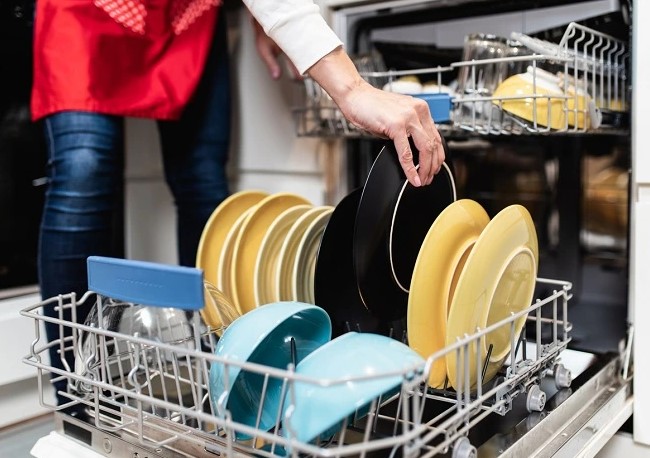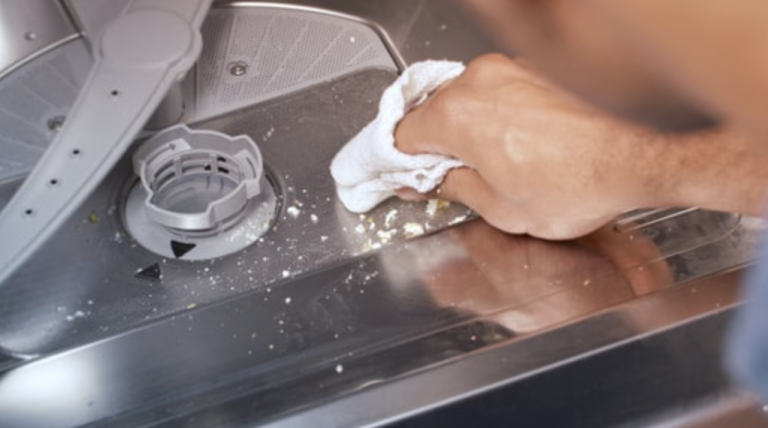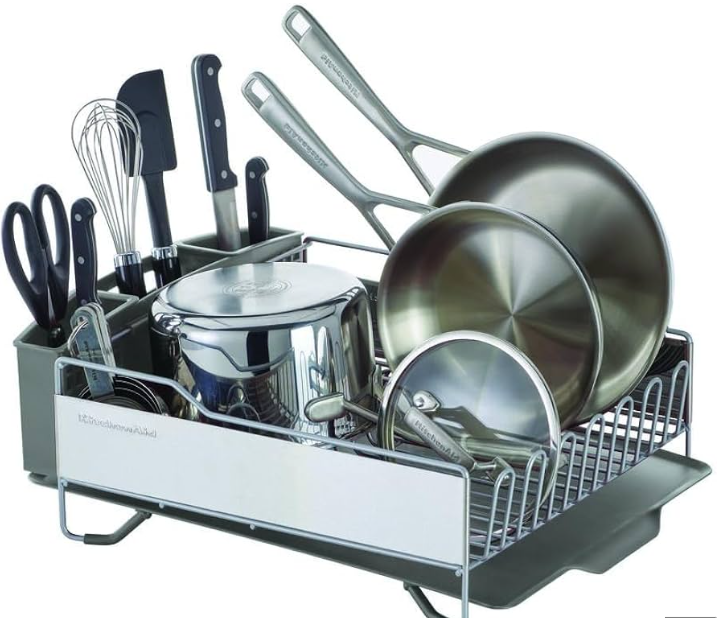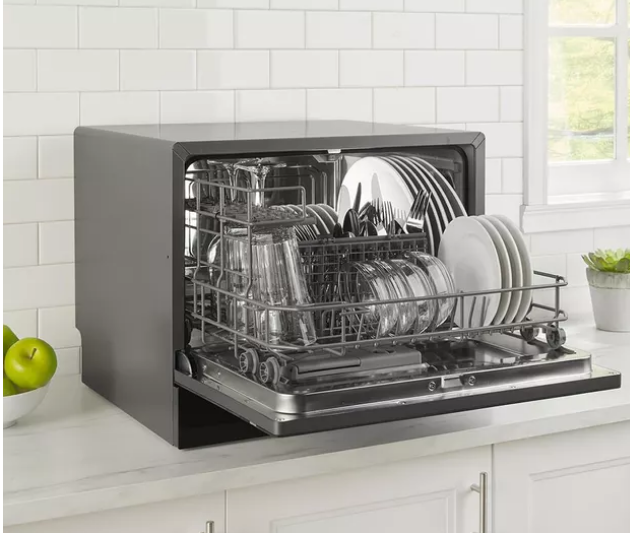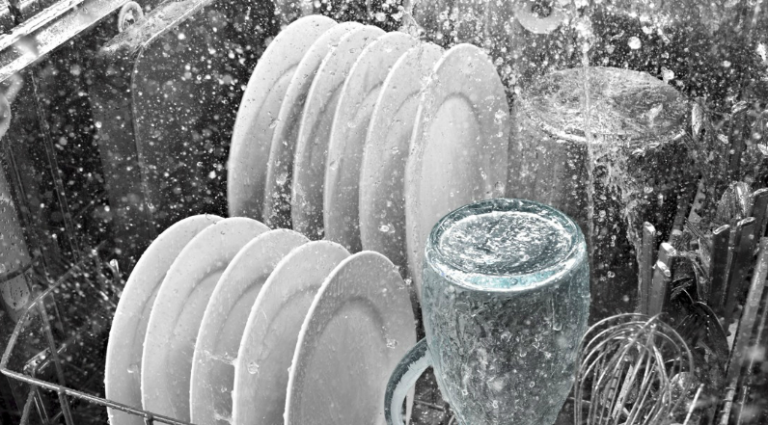What does dishwasher safe mean?
Dishwashers have revolutionized kitchen efficiency, offering a convenient and hygienic alternative to hand-washing dishes. These appliances utilize high-temperature water, powerful detergents, and mechanical action to clean and sanitize kitchenware. However, not all items can withstand this rigorous process. Understanding what dishwasher safe means is crucial for maintaining the longevity and appearance of your kitchenware. This article will explore the types of items that are dishwasher safe, those that should be hand-washed, and provide essential tips for effective dishwashing. We’ll also delve into the importance of manufacturer recommendations and how to interpret dishwasher-safe labels to ensure optimal care for your kitchen items.
Dishwasher-Safe Items
Glassware and Ceramics
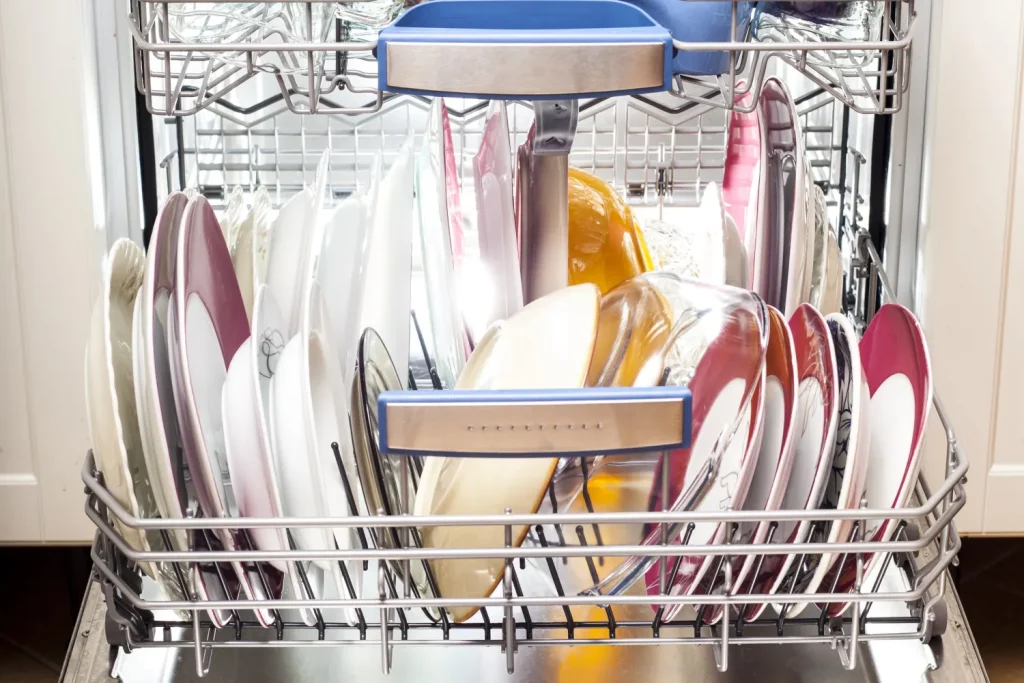
Glassware suitable for dishwashers includes everyday drinking glasses, wine glasses, and glass food storage containers. These items are designed to withstand the high temperatures and water pressure in dishwashers. Most ceramic dishes, such as dinner plates, bowls, and mugs, are also dishwasher safe. However, it’s important to note that not all glassware and ceramics are created equal.
- Types of dishwasher-safe glassware:
- Tempered glass tumblers
- Heat-resistant Pyrex containers
- Standard wine glasses (without delicate stems)
- Glass baking dishes
- Ceramic items generally safe for dishwashers:
- Stoneware plates and bowls
- Porcelain mugs
- Glazed ceramic serving platters
- Earthenware dishes (if labeled dishwasher safe)
Stainless Steel Cookware
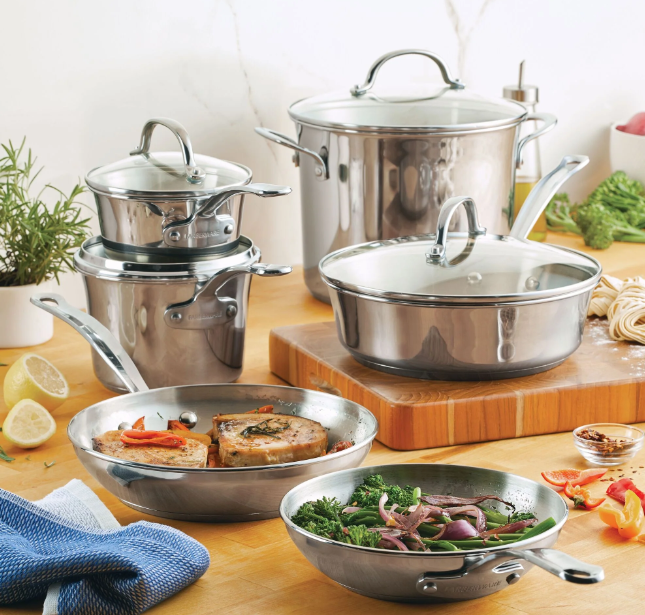
Stainless steel cookware is renowned for its durability and ease of cleaning. Pots, pans, and utensils made from high-quality stainless steel are typically dishwasher safe. The robust nature of stainless steel allows it to withstand the harsh environment inside a dishwasher without corroding or losing its luster.
Benefits of using a dishwasher for stainless steel items:
- Time-saving: Eliminates the need for manual scrubbing
- Thorough cleaning: High temperatures and strong detergents remove stubborn food residues
- Sanitization: Hot water cycles effectively kill bacteria
- Consistency: Ensures uniform cleaning results
Dishwasher-Safe Plastics
Not all plastics are created equal when it comes to dishwasher safety. Plastics labeled with the dishwasher-safe symbol can typically withstand the heat and detergents used in dishwashers. These items are often made from more durable plastics like polypropylene or high-density polyethylene.
| Plastic Type | Dishwasher Safe? | Examples |
|---|---|---|
| Polypropylene (PP) | Yes | Food storage containers, measuring cups |
| High-Density Polyethylene (HDPE) | Yes | Cutting boards, some water bottles |
| Low-Density Polyethylene (LDPE) | No | Squeeze bottles, some food packaging |
| Polyethylene Terephthalate (PET) | No | Single-use water bottles, food containers |
Precautions for dishwashing plastics:
- Place plastics on the top rack to minimize exposure to direct heat
- Avoid using high-temperature settings for plastic items
- Remove plastic items promptly after the cycle to prevent warping from residual heat
Items You Should Not Put in the Dishwasher
Non-Stick Cookware
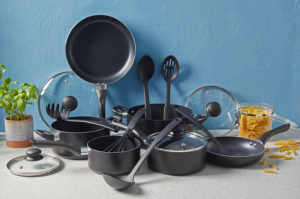
Non-stick cookware, such as pans coated with Teflon or ceramic, should generally be hand-washed. The harsh environment inside a dishwasher can damage the non-stick coating, reducing its effectiveness and potentially causing it to flake off into food.
Reasons to avoid dishwashing non-stick cookware:
- Coating degradation: High temperatures and strong detergents can break down the non-stick surface
- Reduced lifespan: Frequent dishwashing can significantly shorten the usable life of non-stick items
- Performance impact: Damaged coatings may lead to food sticking and uneven cooking
Alternative cleaning methods for non-stick cookware:
- Use warm, soapy water and a soft sponge to clean
- Avoid abrasive scrubbers that can scratch the surface
- For stubborn residues, soak in warm water before cleaning
Wooden Items
Wooden kitchenware, including cutting boards, salad bowls, and utensils, should never be placed in the dishwasher. Wood is a porous material that can absorb water, leading to warping, cracking, and potential bacterial growth.
Why wood doesn’t belong in the dishwasher:
- Warping: High heat and moisture cause wood to expand and contract unevenly
- Splitting: Prolonged exposure to water can cause wood fibers to separate
- Drying out: Harsh detergents strip natural oils from wood, leading to brittleness
- Bacterial growth: Moisture trapped in wood can create an environment for harmful bacteria
Delicate or Hand-Painted Dishware
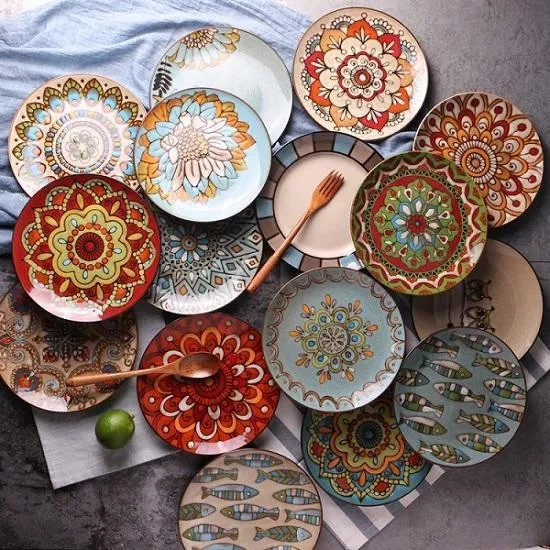
Fine china, crystal glassware, and hand-painted ceramics are too delicate for the dishwasher. The combination of high heat, strong detergents, and mechanical action can damage these items’ delicate structures and decorative elements.
Risk factors for delicate items in dishwashers:
- Chipping: Fragile edges can be damaged by contact with other items
- Fading: Hand-painted designs may lose their vibrancy due to harsh detergents
- Etching: Crystal can develop a cloudy appearance from chemical reactions
- Thermal shock: Sudden temperature changes can cause cracking in fine china
Special Considerations for Dishwashing
Dishwasher-Safe Labels
Understanding dishwasher-safe symbols is crucial for proper care of your kitchenware. These symbols typically appear on the bottom of dishes or packaging and provide guidance on safe cleaning methods.
Common dishwasher-safe symbols:
- A dish with water droplets: Indicates the item is generally dishwasher safe
- A dish with a diagonal line through it: Suggests hand-washing is recommended
- A dish with a temperature rating: Specifies the maximum safe water temperature
Manufacturer Recommendations
Always consult manufacturer guidelines for specific care instructions. Some items may have special requirements or limitations that aren’t immediately apparent.
Best KitchenAid Dishwashers are known for their advanced features and customizable settings, which can help protect your dishes. These dishwashers often come with specialized cycles for different types of kitchenware, ensuring optimal cleaning while minimizing potential damage.
Temperature Settings
Water temperature plays a significant role in dishwasher effectiveness and item safety. Higher temperatures provide better cleaning and sanitization but can damage certain materials.
| Material | Recommended Max Temperature |
|---|---|
| Plastics | 130°F (54°C) |
| Glassware | 150°F (66°C) |
| Stainless Steel | 170°F (77°C) |
Adjusting dishwasher settings:
- Use lower temperature settings for loads containing plastics
- Select sanitize cycles for items that require high-temperature cleaning
- Consider using eco-friendly modes for everyday loads to balance cleaning power and energy efficiency
Tips for Effective Dishwashing
Loading the Dishwasher
Proper loading techniques ensure thorough cleaning and prevent damage to your kitchenware.
Best practices for loading:
- Place large items at the sides and back to avoid blocking water spray
- Load cups and glasses upside down on the top rack
- Separate silverware to prevent nesting
- Avoid overcrowding to allow proper water circulation
Maintaining Your Dishwasher
Regular maintenance is key to ensuring optimal dishwasher performance and longevity of your kitchenware.
Maintenance checklist:
- Clean filters monthly to remove food debris and prevent odors
- Check and clean spray arms to ensure proper water distribution
- Run an empty cycle with vinegar periodically to remove mineral buildup
- Inspect door seals for damage or debris accumulation
Conclusion
Understanding what dishwasher safe means is essential for preserving your kitchenware and ensuring optimal cleaning results. While many items can be safely cleaned in a dishwasher, certain materials and delicate pieces require hand-washing to maintain their quality and appearance. Always check manufacturer recommendations and labels to make informed decisions about how to clean your kitchen items. By following proper loading techniques, adjusting temperature settings as needed, and maintaining your dishwasher, you can maximize its efficiency and extend the life of your kitchenware.

Michael Thompson is a highly skilled appliance technician specializing in KitchenAid dishwashers. With many years of experience, Michael is renowned for his expertise in handling various models of KitchenAid dishwashers, ensuring optimal performance and longevity. His dedication to customer satisfaction and in-depth knowledge of appliance technology make him a trusted figure in his community. Michael’s commitment to quality service has earned him a reputation as one of the best in his field.

